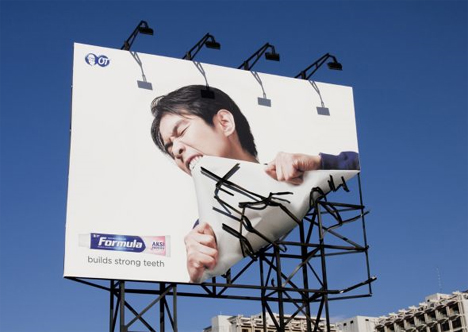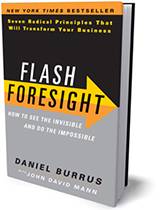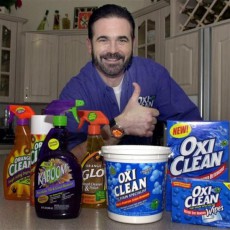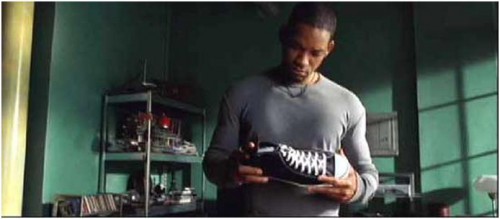Billboards can be fun. Billboard can be boring. Billboards can be noticeable. Billboards can be easy to ignore. Billboards can really get your message out there. Billboards can be a waste of money.
hmmm, it really can go either way.

Here are 3 questions to ask yourself if you are considering a billboard ad for your business
1. “Is broadcasting with outdoor advertising to the general public really the best way to get my message to my target client?”
If you know the profile of your target clients pretty well, then crunch some numbers and work out how much wastage there is.
For example if you’re selling insurance, then you could guess that:
- 20% don’t care
- 30% have enough cover and are not interested
- 30% are loyal to their current provider
- but the timing is right for 1%
Then you can estimate the size of the audience:
- If the traffic is 20,000 cars per day
- Your audience is 200 people per day (1%)
- But only 25% of them might notice and read your billboard
- So that leaves you with 50 people
Now let’s estimate the cost:
- Your cost is $100/day for the billboard ($3k/month is about right)
- So you are paying $2 per impression ($100/50 people)
- 1% of those might take action and give you a call (industry average)
- Bringing your cost-per-enquiry to $200 ($2/1%)
- Your conversion from enquiry to sale is 20% (industry average)
- Giving you a cost-per-sale of $1000
So, is the lifetime value of your customer more than $1000?
If so, congratulations, give billboard advertising a try!
If not, try something else.
2. “What state of mind is my audience in?”
Here’s what we know about public on the move in cars/trucks/bikes:
- They are on the way to somewhere
- They are busy, stressed in traffic, not in the mood to be sold to
- They don’t have a pen or a free hand to write down a phone number or website address
- They aren’t allowed to make a phone call whilst driving
Wow, this is seriously an unreceptive auidence. Can you see how the odds are stacked against you here?
One small positive is that we are creatures of habit. Those same people will probably be past your billboard tomorrow, and the day after and the day after that.
So at least you’ve got frequency on your side. A chance for your message to sink in a bit.
So, how can you get them to take action in this situation?
3. “What are the essential elements that my billboard must have?”
Your billboard should have these 4 components and these 4 components only:
- Headline
- A huge headline (5 to 9 words) that asks a question, or
- States the primary benefit of what you’re selling
- (No crazy fonts. Make it super easy to read)
- Photo
- One huge photo that has impact
- Human faces are good
- Something a bit unusual is good
- Avoid stock photography if you can
- Your business name/logo
- Small
- Don’t take up room that the headline and photo might need to increase their impact
- State the action you want them to take
- Either a phone number and/or website address
Your thoughts?
Have your say in the comments below.



